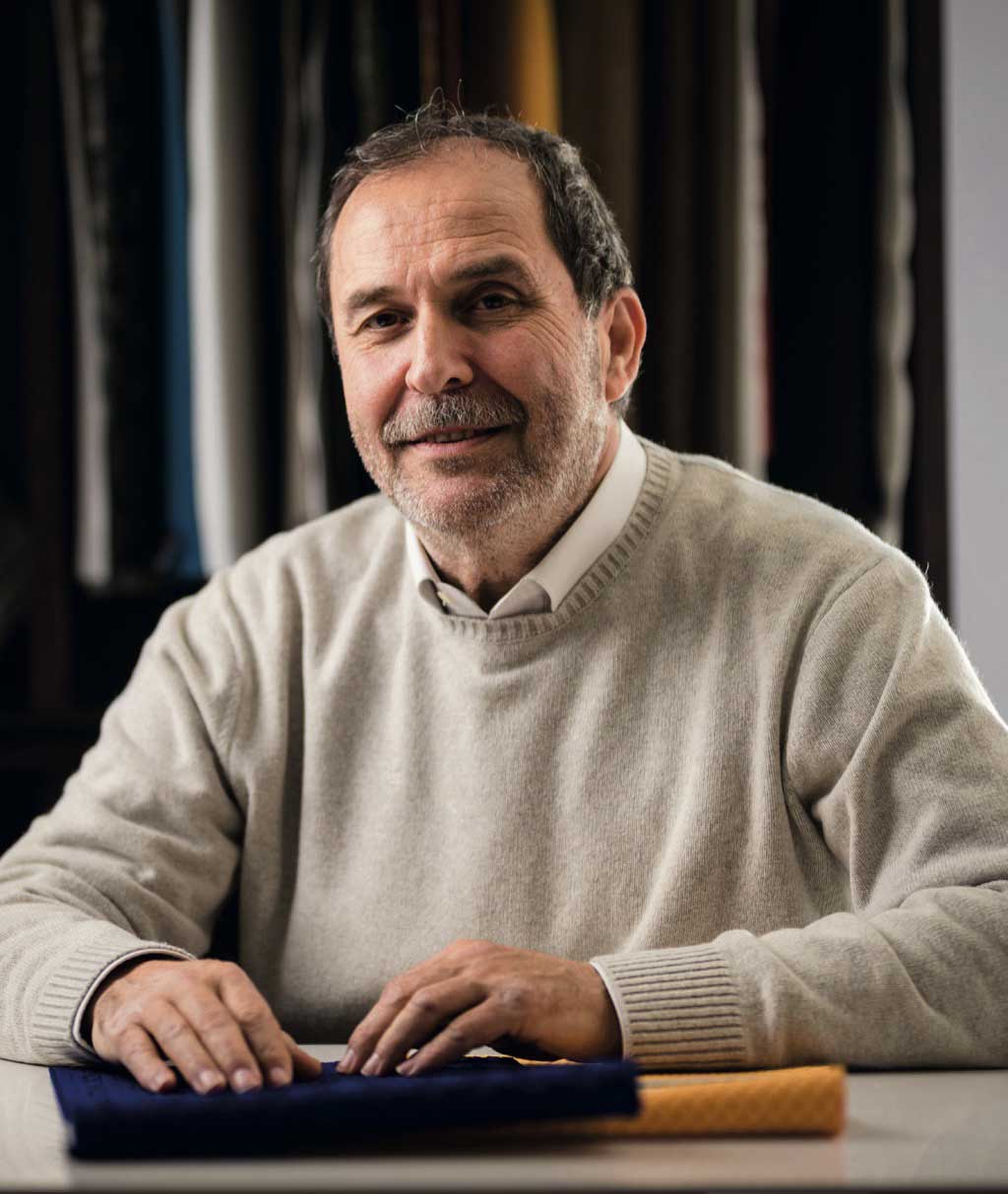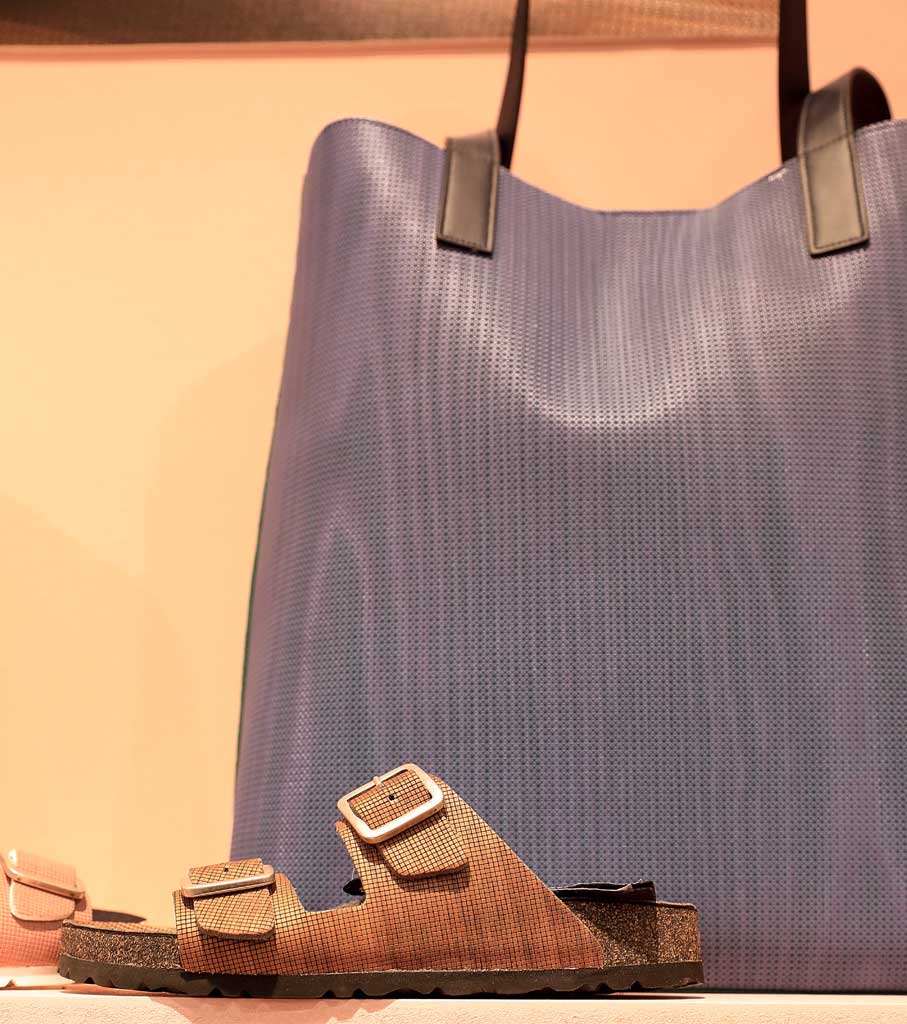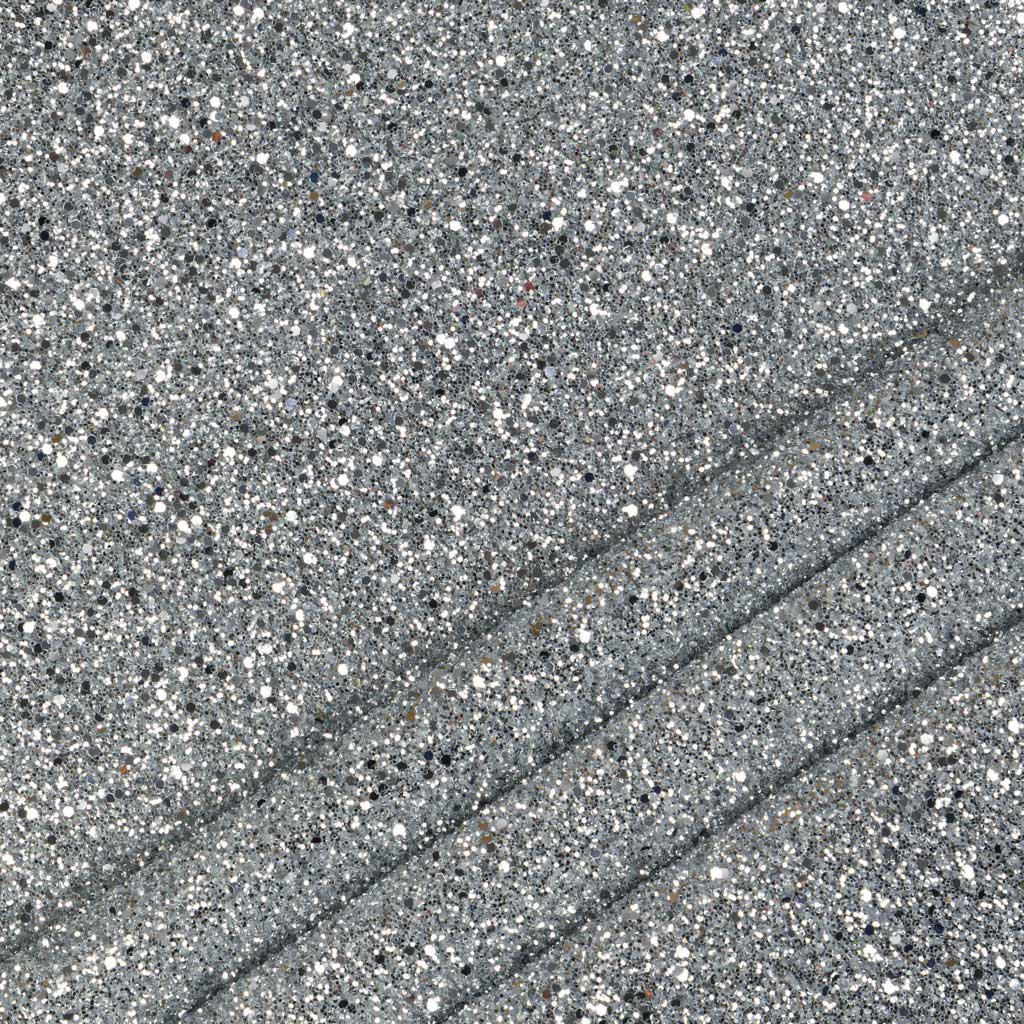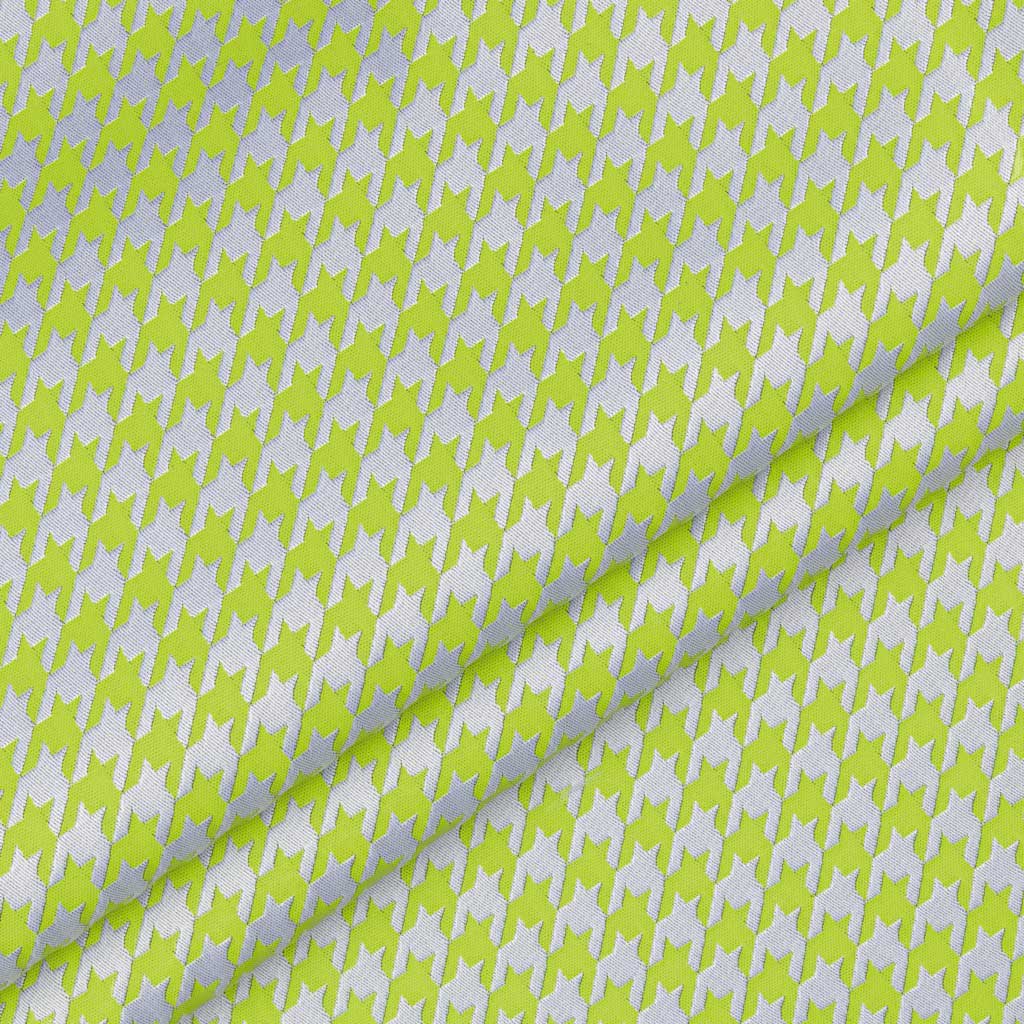The goal of Italian Converter is to meet the requests of its customers with inimitable and eco-friendly fabrics, through unceasing R&D activities and virtuous production processes
Italian Converter®, Italian company specialized in the creation of eco- sustainable fashion and hi-tech fabrics for the best brands of footwear, leather goods, clothing and furniture, still pursues innovative, high-quality products, able to flexibly meet the different needs of its clients and to anticipate and create new trends in fashion and design. In the ever- changing world of textiles, the Vigevano-based Group has faced the challenge of environmental sustainability by involving and raising awareness at all levels of its supply chain through a chemical management protocol and following a corporate supplier code of conduct. We met Costantino Karazissis Dolzanelli, founder and CEO, who tells us about his commitment to further improve this project, able to combine creativity, research and technological innovation.
Costantino Karazissis, how have you dealt with these two years of pandemic?
“In these two years we never stopped, we have kept on working, doing research, believing in our path of responsible innovation, made up of new technologies, new materials, transparency in flows and processes. We have strengthened the E.C.O. Kosmos (the acronym stands for Ecologic, Conversion, Optimization), the result of the ethical turning point of Italian Converter launched in 2017. It is a new generation of fabrics that reproduces our basic projects in an eco- sustainable key, finding an interesting balance in the different types of material between technical features and eco-sustainability performance. As a matter of fact, it is not just a question of using innovative eco-sustainable fibers, but of guaranteeing a whole series of essential technical performances in the making of the final accessory. Over the years we have achieved very important technical resistance goals and season after season we are able to create increasingly advanced products.”
How is your production cycle set?
“We choose the best yarns, we entrust them for weaving to our trusted garment makers, then we rely on a dozen external dyeing plants, also located in Italy, for the fabrics coloring. Once the circle is closed, the material enters the company for the printing phase and for the transformation through the complex range of finishing, coupling, coating, embossing. Our in- house digital printing division is equipped with specific machines for each fiber, from cotton to nylon, from polyester to polyurethane. 50% of the collection is coupled to reinforce the fabrics used for the production of shoes and bags, which represent our core business.”
The ecological transition for sustainability presupposes the achievement of environmental certifications that concern not only the company, but also the entire supply chain. Where are you at?
“We have achieved the most important certifications: Oeko-Tex, Global Recycle Standard (GRS), Global Organic Textile Standard (GOTS), Recycled Claim Standard (RCS), Organic Content Standard (OCS), Better Cotton Initiative (BCI), Forest Stewardship Council (FSC). All of our prints are certified, as are the inks used, as well as the adhesives and glues for textiles coupling. To convert the basic product into an eco-sustainable one, we also supported our subcontractors to achieve the proper certifications, who had to adapt to continue collaborating with us.
The recent achievement of ISO 14001: 2015 and SA 8000: 2014 certifications marked a further step towards environmental protection and social commitment. The results achieved in terms of sustainable development are now listed in the first Sustainability Report published by the company last May.”
What are the latest E.C.O. KOSMOS you launched?
“For example, the NUO collection, made of FSC-certified walnut and oak wood fabrics. We have also developed a cork line: we mix the waste from the recovery of the corks with polyurethane and water and we spread the mixture on different textile bases. The effect is very nice. We try, but still too often customers require less risky solutions with which they can create sober and salable collections. Then obviously the price factor plays an important part, even for the big brands we work with.”

Costantino Karazissis Dolzanelli, founder e CEO di Italian Converter

Among the latest news presented at the last edition of Lineapelle


The new SS 23 Behind the Mirror collection: in the photo, Glossi pl., a soft polyester net featuring a transparency effect

Eco Galaxy fabrics, glitter entirely made with recycled, GRS certified materias

Jacquard Rubber, a customizable rubber fabric with geometric motifs
